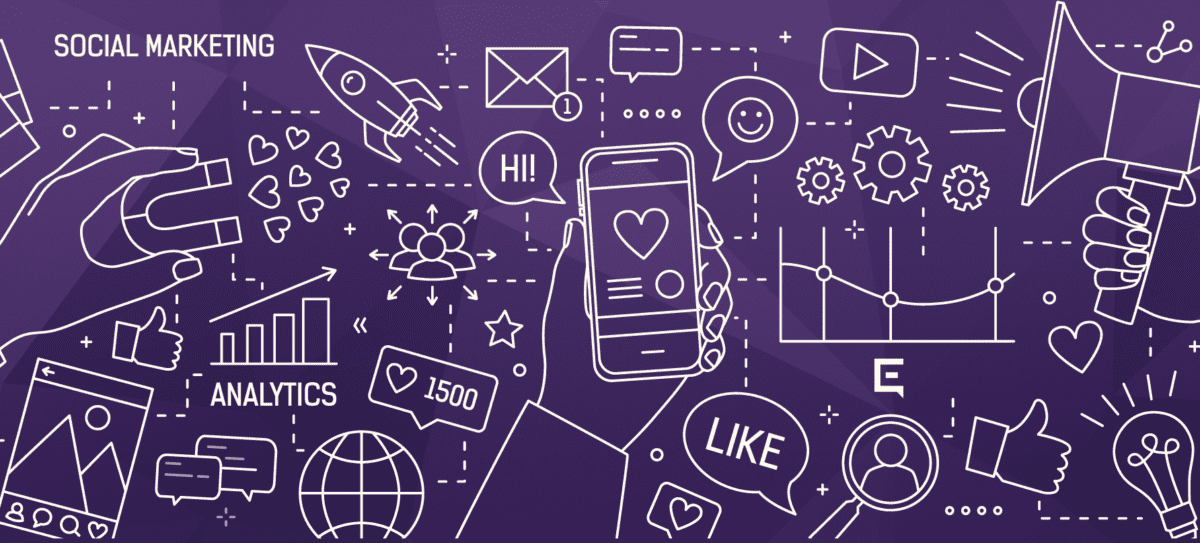Published: August 7, 2014
![828_4433296-[Converted]](https://envanoprod.wpengine.com/wp-content/uploads/2014/08/828_4433296-Converted.jpg) Many companies fall into a common misconception: “if we are doing email marketing, we are doing our due diligence in terms of lead automation.” No, marketing automation is not some sort of supercharged version of email marketing. They are not synonymous, nor interchangeable. According to a good explanation by Adage, “email marketing is a single cog in the marketing machine. Marketing automation composes multiple cogs working together to power better customer experiences and increase website traffic and conversions.” Using email marketing as we know as a form of lead generation is inaccurate and has many limitations:
Many companies fall into a common misconception: “if we are doing email marketing, we are doing our due diligence in terms of lead automation.” No, marketing automation is not some sort of supercharged version of email marketing. They are not synonymous, nor interchangeable. According to a good explanation by Adage, “email marketing is a single cog in the marketing machine. Marketing automation composes multiple cogs working together to power better customer experiences and increase website traffic and conversions.” Using email marketing as we know as a form of lead generation is inaccurate and has many limitations:
- Email marketing only reaches known prospects
- Email marketing database may not be accurate
- Only a fraction of subscribers are reading emails
- Only a small percentage of email subscribers ultimately convert
Unlike basic email marketing, lead automation or generation is the process that brings new visitors to interested prospects to loyal customers. It uses a strategic funnel of messaging, actions, and touch points in a variety of devices to bring a lead from education and awareness to purchase ready.
- Lead automation using emails and other messaging platforms to reach new prospects
- Databases created for automation are always accurate because they are often built by people who willingly share their information in exchange for content (i.e. in a form fill)
- Because people are actively seeking information, the emails they receive are highly relatable and based on content they’ve expressed interest in; therefore they read the content.
- When approached strategically, lead automation helps people every step of the way along the process to conversion.
Lead Automation Is Crucial To “Big Data” Movement
Clearly different than email marketing, lead automation has much different results thanks to the inclusion of workflows (automated tasks built around different customer behaviors and activities), lead scoring (customer profiles and scores update automatically based on information the customers provide and actions they take), and above and beyond reporting (tracks customers along every point of the buying journey). A first step in gathering not just data, but relevant and highly telling data about customer contact information, preferences, topics of interest, and behavior, lead generation is crucial to gathering and interpreting actionable customer information. The key to successful lead automation comes in not limiting yourself to email. Sure, email plays a role in reaching out to and nurturing leads – but don’t forget about social media messages, Tweets, text messages, phone calls, and chat. Embracing a multi-channel lead nurturing strategy, marketers can now take advantage of opportunities for reaching and connecting with all target prospects wherever they are on the web.



